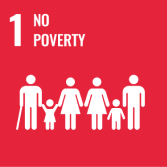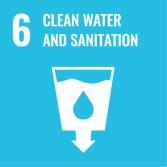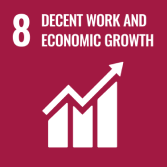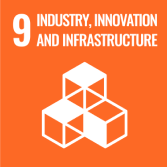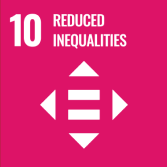(1) Background: Social distancing became a central strategy employed to limit the spread of the SARS-CoV-2 virus. We explore self-reported adherence (SRA) and factors associated with SRA among Israeli adults at the end of the first national lockdown in Israel. (2) Methods: We conducted a cross-sectional consumer panel survey of 820 Israeli adults aged 18 to 70 in May and June 2020. We collected data on the SRA to the social distancing measures, sociodemographic variables, perceptions of pandemic-related danger and of protection provided by the social distancing measures, as well as Sense of Coherence (SoC). (3) Results: 60% of respondents reported complying with 7 measures. Higher SoC was associated with higher SRA (
p = 0.04), and was related to income, marital status, age, profession, and education. The SRA was higher among Jews than Arabs (Jews: Mean = 10.5, SD = 4.5; Arabs: Mean = 9.1, SD = 4.1,
p < 0.001) and among males (Males: Mean = 10.8, SD = 4.7; Females: Mean = 9, SD = 4.1;
p = 0.003). SoC, perception of protection and perception of danger were associated with higher SRA (
p = 0.42,
p < 0.001 and
p = 0.005 respectively). Single people reported higher levels of SRA than people in relationships (Partnered: Mean = 9.7, SD = 4.2, Non-partnered: Mean = 10.9, SD = 4.7,
p = 0.033). (4) Conclusions: At the time of exit from the first lockdown, compliance with social distancing measures was high, with Jewish, single and male Israelis more likely to adhere to the guidelines. We identified the populations at risk for non-adherence and associated factors, reporting for the first time the correlation between SoC and SRA. Further research is needed to assess the role of these factors in Jewish and Arab populations.
Full article
